Bali, often lovingly referred to as the "Island of the Gods," is a destination that has long captured the hearts of travellers worldwide. Its iconic rice terraces, ancient temples, and warm, welcoming culture have made it a bucket-list destination for many.
Yet, beyond the lush landscapes and vibrant traditions that grace the surface of this tropical paradise, a world of enchantment awaits beneath the waves – the underwater realm of Bali. But, is there good snorkelling in Bali?
Yes. Bali offers a snorkelling experience like no other, with its crystal-clear waters, vibrant coral reefs, and a cornucopia of marine life. From the serene shores of Amed to the dramatic cliffs of Nusa Penida. Snorkelling in Bali is a journey into a world like no other, where crystal-clear waters reveal vibrant coral reefs and incredible wildlife.
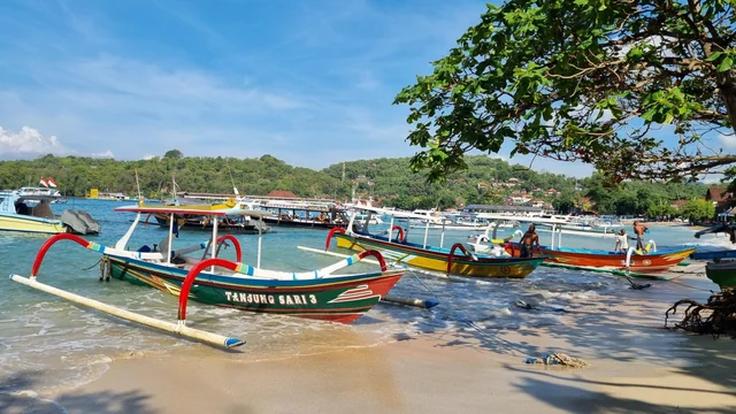
In this article, we'll explain the very best snorkelling spots that Bali has to offer, uncover accommodations that offer both comfort and proximity to these underwater wonders, and the top dive shops that can equip you for your aquatic adventures.
Whether you're a seasoned underwater enthusiast or a snorkelling novice, Bali's underwater world has something magical in store for you.
Bali is a treasure trove of snorkelling spots, each offering a unique underwater landscape and a diverse array of marine life. Whether you're seeking calm and colourful coral gardens or the thrill of swimming alongside majestic creatures, Bali has it all.
To ensure your snorkelling adventure is as comfortable and convenient as possible, consider staying at one of the below-recommended accommodations near these snorkelling spots. Additionally, renting snorkelling equipment in Bali is easy and affordable, allowing you to easily dive into the island's underwater wonders.
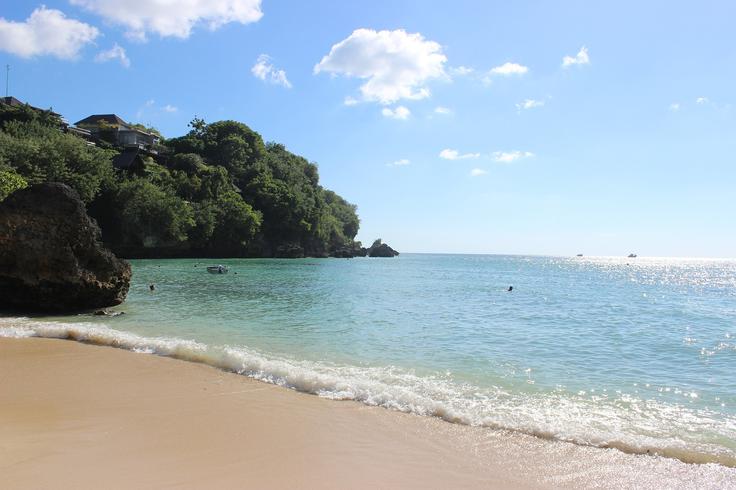
What are the top snorkelling spots in Bali?
Here are some of the top snorkelling spots:
Amed
Located on Bali's northeastern coast, Amed is a true hidden gem for snorkelling enthusiasts. The tranquil, clear waters of Amed offer a perfect playground for snorkelers.
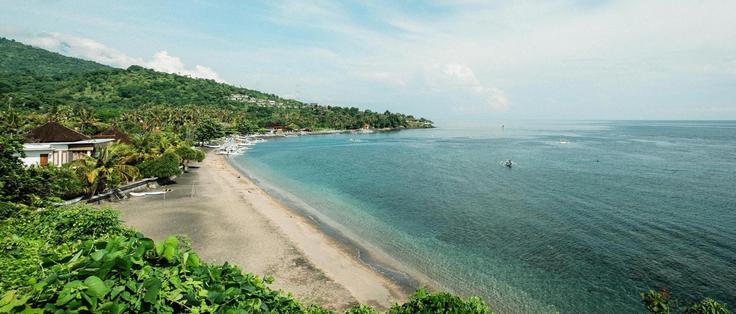
As you explore its vibrant coral reefs, you're likely to encounter an assortment of marine life, including an occasional visit from graceful sea turtles. Amed's underwater world is easily accessible right from the shore, making it an ideal location for those new to snorkelling.
Our Accommodation Recommendation:
For a comfortable stay with easy access to the snorkelling sites, we suggest checking out the Amed Beach Resort
"Jukung Dive Bali," a reputable dive shop in Amed, offers snorkelling trips, equipment rental, and professional guidance. Rental prices for snorkelling gear at this establishment start at approximately $5 per day. Totally recommend.
Nusa Penida:
A short boat ride away from Bali's mainland, Nusa Penida is renowned for its dramatic cliffs and enchanting underwater landscapes. Crystal Bay and Manta Point are two must-visit snorkelling spots on the island and our top favourite in Bali.
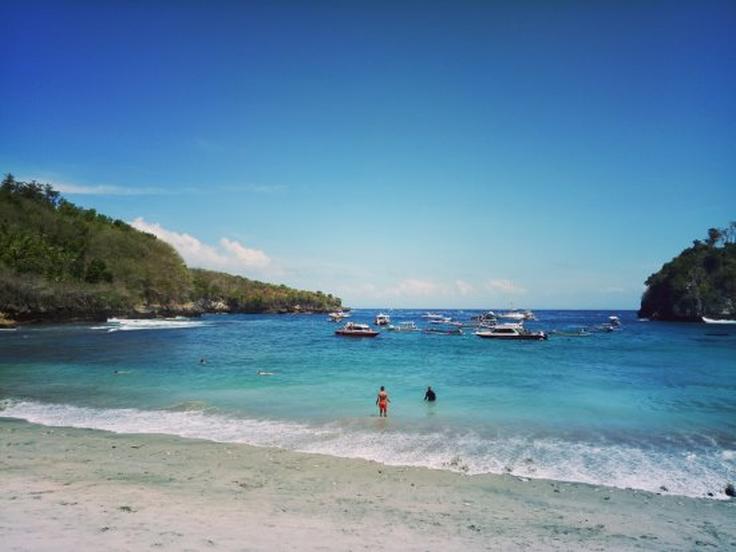
Crystal Bay boasts crystal-clear waters and a broad range of coral reefs, while Manta Point promises the chance to glide alongside the majestic manta rays, and we are talking about big oceanic mantas that can swim around you, we have experienced that! a truly mesmerizing experience.
Our accommodation Recommendation:
For a tropical paradise setting we totally recommend checking out the Semabu Hills Hotel. It offers luxurious accommodations with breathtaking ocean views, making it a perfect base for your Nusa Penida adventures.
When exploring Nusa Penida's underwater wonders, consider "Manta Dive," a well-established dive centre that offers snorkelling trips and equipment rental. Here, you can rent snorkelling gear starting at approximately $7 per day.
Tulamben:
On the northeast coast of Bali, Tulamben is a haven for both wreck diving and snorkelling. The star attraction here is the USAT Liberty Shipwreck, which is home to a diverse array of marine life including sharks!

What makes Tulamben particularly special is that snorkelers can explore this iconic wreck without the need for diving equipment, as it's located close to the shore.
Our accommodation Recommendation:
Consider staying at Sun Colada Villas & Spa for convenient access to the snorkelling site.
"Liberty Dive Resort," a well-regarded dive shop in Tulamben, offers snorkelling trips and equipment rental. Rental prices for snorkelling gear here start at around $6 per day.
Menjangan Island
Situated within the protected waters of the West Bali National Park, Menjangan Island is a snorkeler's paradise. This pristine marine area boasts an abundance of marine life and vibrant coral reefs.
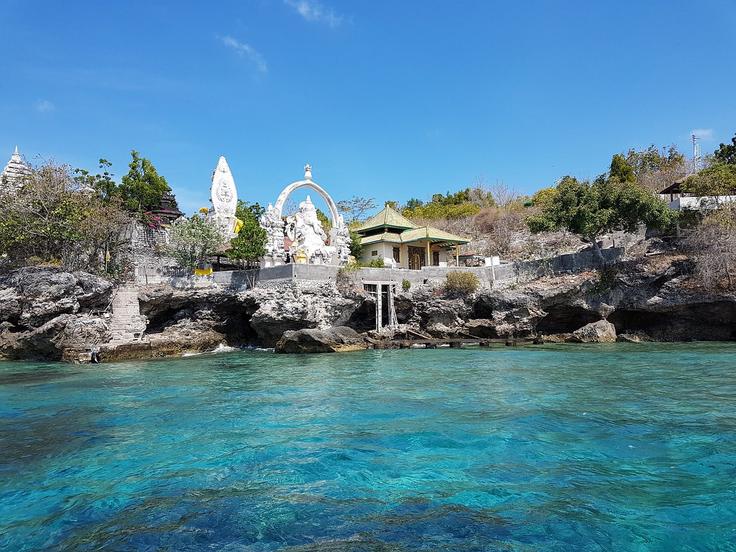
The calm waters make it an excellent spot for snorkelling, allowing you to witness colourful corals, schools of fish, and even the occasional reef shark.
Our accommodation Recommendation:
To fully immerse yourself in the natural beauty of the island, consider booking a stay at Sun Suko Boutique Resort & Yoga Retreat which offers eco-friendly accommodations near the national park.
When planning your snorkelling adventure to Menjangan Island, "Bali Diving Academy" is a reliable choice for snorkelling trips and equipment rental. Here, you can rent snorkelling gear starting at around $8 per day.
Snorkelling Equipment Rental and Prices
While many of these snorkelling spots in Bali provide equipment rental on-site, it's always a good idea to be aware of your options in advance.
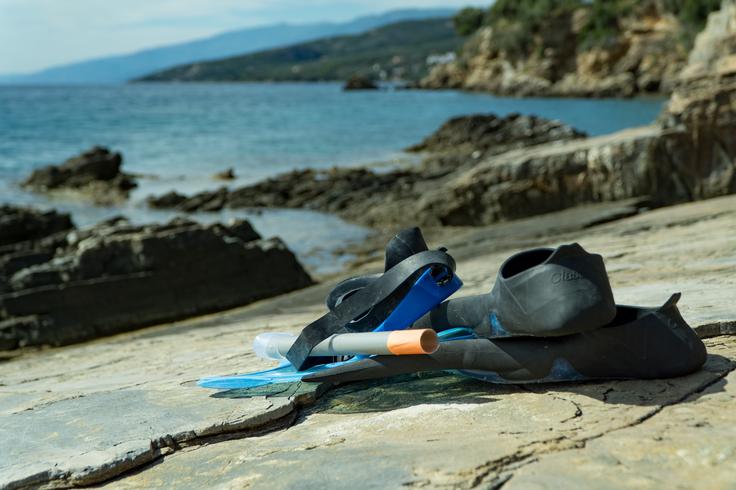
Here are some typical prices for renting snorkelling equipment in Bali:
- Mask and Snorkel: Rental prices typically start at approximately $2 per day.
- Fins: You can usually rent fins for around $2 per day.
- Full Set (Mask, Snorkel, and Fins): Expect to pay approximately $5 to $7 per day for a complete set.
- Wetsuit (if needed): If you require a wetsuit for your snorkelling adventure, prices usually start at around $5 per day.
What Month is Best to Snorkel in Bali?
If you're planning a snorkelling adventure in Bali, one crucial factor to consider is the timing of your visit. Bali experiences distinct dry and wet seasons, each offering a different snorkelling experience. Let's explore the best months for snorkelling in Bali, allowing you to make the most of your underwater explorations.
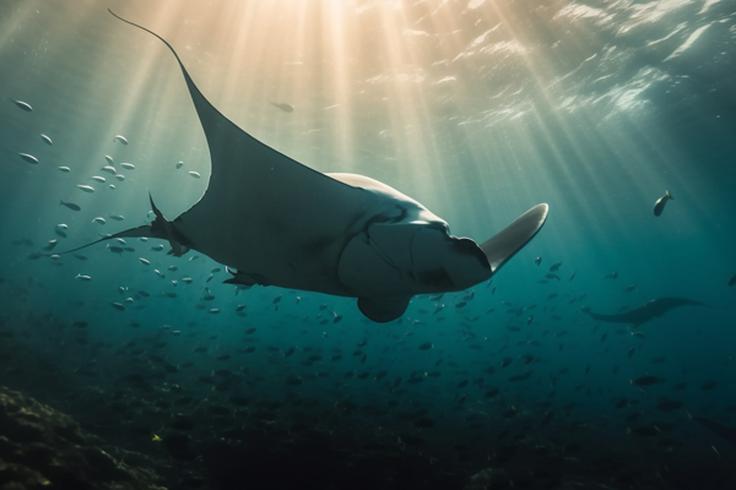
Bali's marine ecosystem undergoes fascinating transformations throughout the year, providing a rich tapestry of marine life experiences for snorkelers and scientists alike.
The dry season showcases healthy coral reefs, vibrant fish communities, sea turtle nesting, manta ray aggregations, and diverse nudibranchs.
In contrast, the wet season offers insights into pelagic predators, massive fish schools, hammerhead sharks, and the activity of nurse sharks.
Dry Season (April to September):
The dry season in Bali offers a remarkable opportunity for marine biologists and snorkelers alike to witness a thriving ecosystem in its prime.
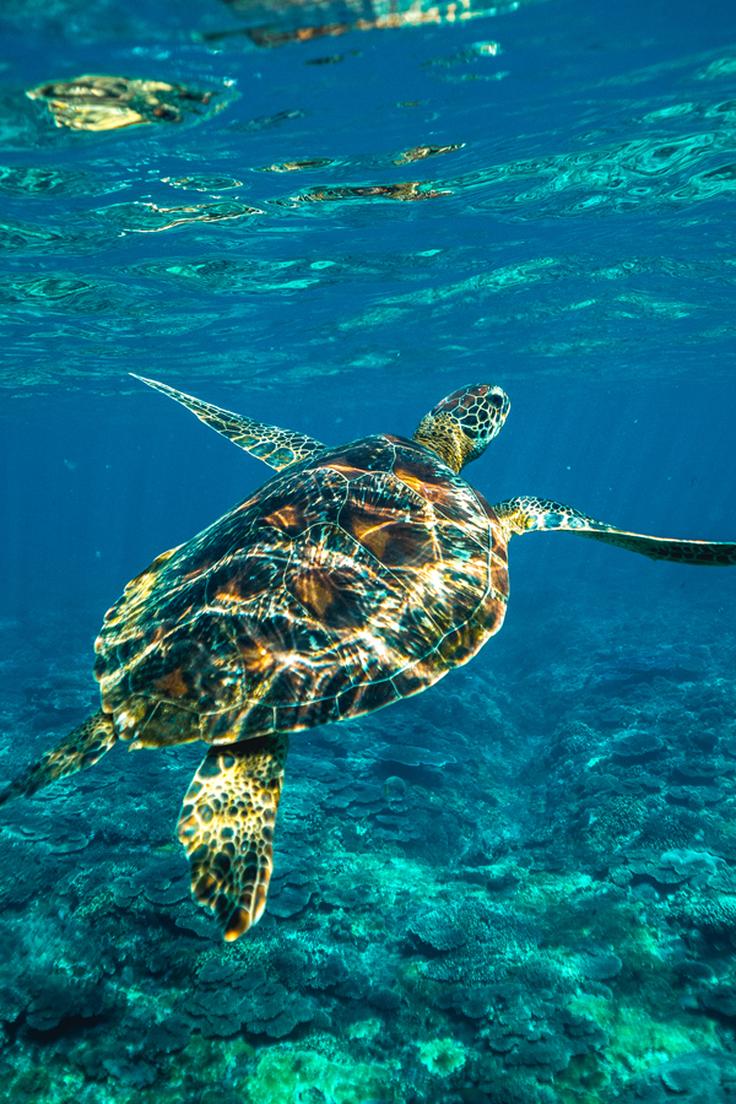
During this season, Bali's coral reefs are at their healthiest and most diverse. The dry season's stable conditions, characterised by lower rainfall and reduced sediment runoff, promote optimal coral growth. Diverse coral species, including hard corals (such as Acropora) and soft corals (like Dendronephthya), create a colourful underwater landscape.
The dry season sees an abundance of tropical fish species, thanks to the consistent water temperature and clarity. These conditions favour the reproduction and growth of various species, including the iconic clownfish, angelfish, butterflyfish, and parrotfish. Coral-associated species thrive in this period.
Bali's coastal areas become crucial nesting sites for sea turtles, particularly green (Chelonia mydas) and hawksbill (Eretmochelys imbricata) turtles. These reptiles lay their eggs on the beaches, and their hatchlings make their first journey into the ocean during this season. The underwater world is often filled with sightings of these graceful creatures.
In specific locations like Manta Point, the dry season witnesses the aggregation of manta rays, particularly the reef manta (Manta alfredi). This phenomenon is linked to the increased availability of plankton, a primary food source for these gentle giants.
For those with an interest in macro life, the dry season offers an opportunity to discover a wide array of nudibranchs. These colourful gastropods can be found crawling on coral surfaces and algae-rich substrates, showcasing incredible biodiversity.
Wet Season (October to March):
The wet season brings unique dynamics to Bali's marine environment, attracting species that thrive in slightly different conditions.
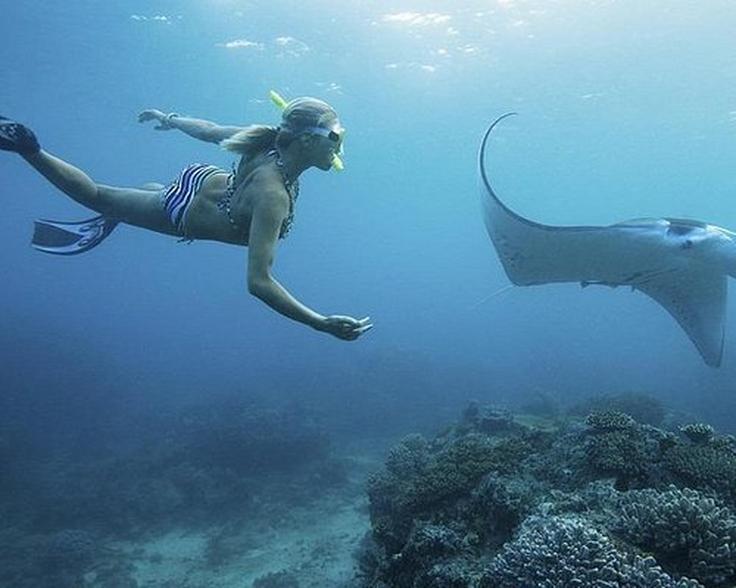
During the wet season, the upwelling of nutrient-rich waters and occasional rains create a feeding frenzy for larger pelagic fish. Reef sharks, including blacktip (Carcharhinus melanopterus) and whitetip (Triaenodon obesus) sharks, become more active and visible as they hunt prey.
Bali's waters teem with massive schools of jacks, barracuda, and trevally during the wet season. These predatory fish form synchronised swarms, hunting smaller fish. Such aggregations provide researchers with valuable insights into predator-prey interactions.
For those seeking a thrilling encounter, the wet season offers the possibility of spotting scalloped hammerhead sharks (Sphyrna lewini). These solitary and elusive sharks are known to appear in Bali's waters during this time.
In addition to pelagic species, nurse sharks (Ginglymostoma cirratum) become more active during the wet season. These docile sharks are often found resting on the ocean floor during daylight hours.
Does Bali Have Coral Reefs?
Yes, Bali is home to an extensive and diverse system of coral reefs. These coral reefs are a vital part of Bali's marine ecosystem and play a crucial role in supporting the island's marine biodiversity.
Coral reefs are like the underwater rainforests of Bali's seas, and they play a crucial role in the marine ecosystem. These vibrant, underwater gardens are home to a remarkable variety of marine life, including colourful fish, sea turtles, and even the occasional reef shark.
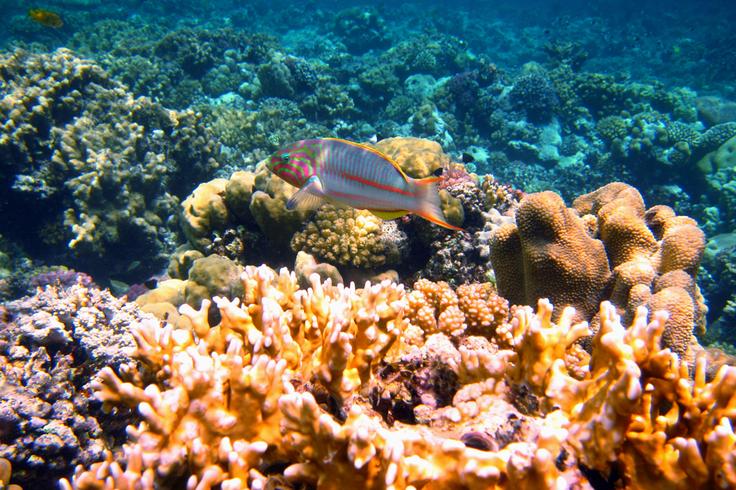
Coral reefs in Bali aren't just pretty underwater landscapes; they're lifelines for both the environment and the local economy. These vibrant ecosystems serve as natural protectors of Bali's coastlines, preventing erosion, while also doubling up as nurseries for a plethora of fish species, which, in turn, help sustain local fisheries.
Beyond their ecological role, these reefs are magnets for tourists worldwide who come to soak in their beauty and marvel at the rich biodiversity they harbour.
These reefs aren't just a tourist attraction; they're also a conservation priority. Organisations, local dive operators, and communities are joining forces to safeguard these precious ecosystems. Their initiatives span from coral restoration projects to the creation of marine protected areas, ensuring the long-term health of the reefs.
Bali's coral reefs are not your run-of-the-mill reefs; they're some of the most biologically diverse on the planet.
They are celebrated for their astonishing biodiversity. These aquatic gardens provide shelter for an incredible array of marine life, from colourful fish to molluscs, crustaceans, and a host of other invertebrates. It's a snorkeler's and diver's paradise, and researchers are equally drawn to study the diverse marine ecosystems.
Let's meet some of the corals up close:
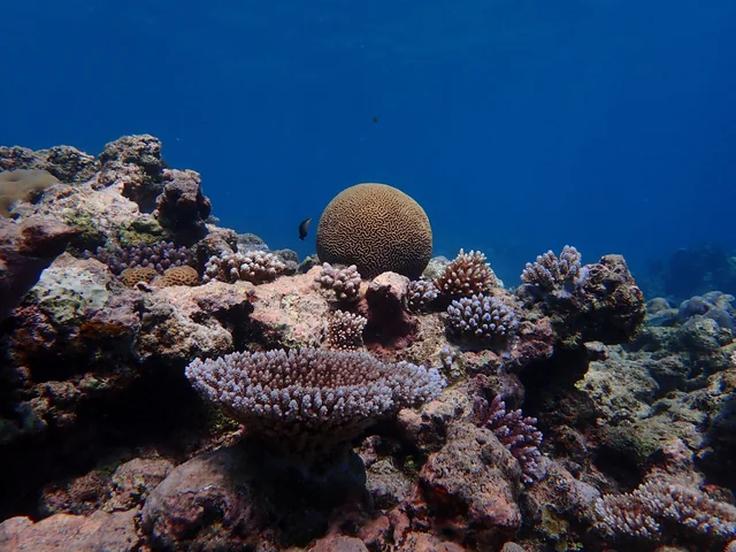
Bali's dedication to coral reef conservation shines through organisations like the Coral Triangle Center (CTC), headquartered in Sanur, Bali. They're the guardians of these ecosystems, focusing on coral reef management, sustainable fisheries, and community engagement.
If you're passionate about coral reefs, CTC offers programs and workshops for locals and visitors alike to learn how to safeguard these underwater marvels. So, whether you're dipping your toes or diving deep, Bali's coral reefs are a treasure worth cherishing and preserving.
If you're eager to explore Bali's coral reefs, you're in luck. They stretch along the island's coastlines, with some prime spots including:
- Menjangan Island: Nestled within the West Bali National Park, this island is famous for its pristine coral reefs, alive with a kaleidoscope of colours.
- Tulamben: Dive into history as you explore the iconic USAT Liberty Shipwreck, surrounded by flourishing coral formations.
- Amed: Perfect for beginners, Amed offers vibrant coral gardens in shallow waters, making it an ideal spot for those starting their underwater adventures.
- Nusa Penida: Known for crystal-clear waters and stunning coral reefs, this island boasts snorkelling and diving sites like Crystal Bay and Manta Point.
- Nusa Lembongan: This neighbouring island also features beautiful coral reefs at sites like Jungut Batu and Mangrove Point.
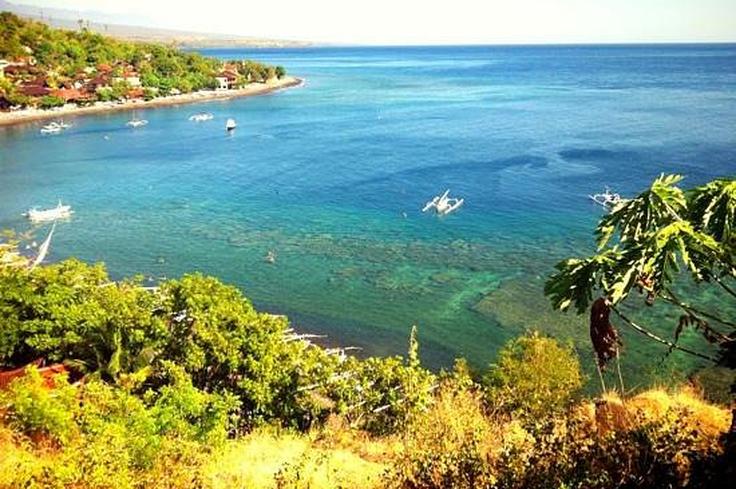
Get Involved
If you're eager to make a positive impact on Bali's coral reefs, here's how you can get involved:
- Volunteer with CTC: The Coral Triangle Center welcomes volunteers from around the world to participate in their conservation efforts. You can find more information on their website or visit their headquarters in Sanur to inquire about volunteering opportunities.
- Support Local Initiatives: Many local dive shops and marine conservation organisations in Bali are dedicated to coral reef protection. Reach out to them to see how you can contribute or participate in reef monitoring and restoration projects.
- Practice Responsible Snorkelling and Diving: As a visitor, you can make a difference by adhering to responsible snorkelling and diving practices. Avoid touching or damaging the coral, use reef-friendly sunscreen, and respect local guidelines to minimise your impact on the reefs.
Is Seminyak good for snorkelling?
Seminyak, as you know, is one of the most popular coastal towns in Bali. It is known for its trendy atmosphere, upscale resorts, and vibrant nightlife. While it boasts many attractions, snorkelling is not typically associated with Seminyak.
Seminyak's coastline does have beaches, but they are not known for their snorkelling opportunities.
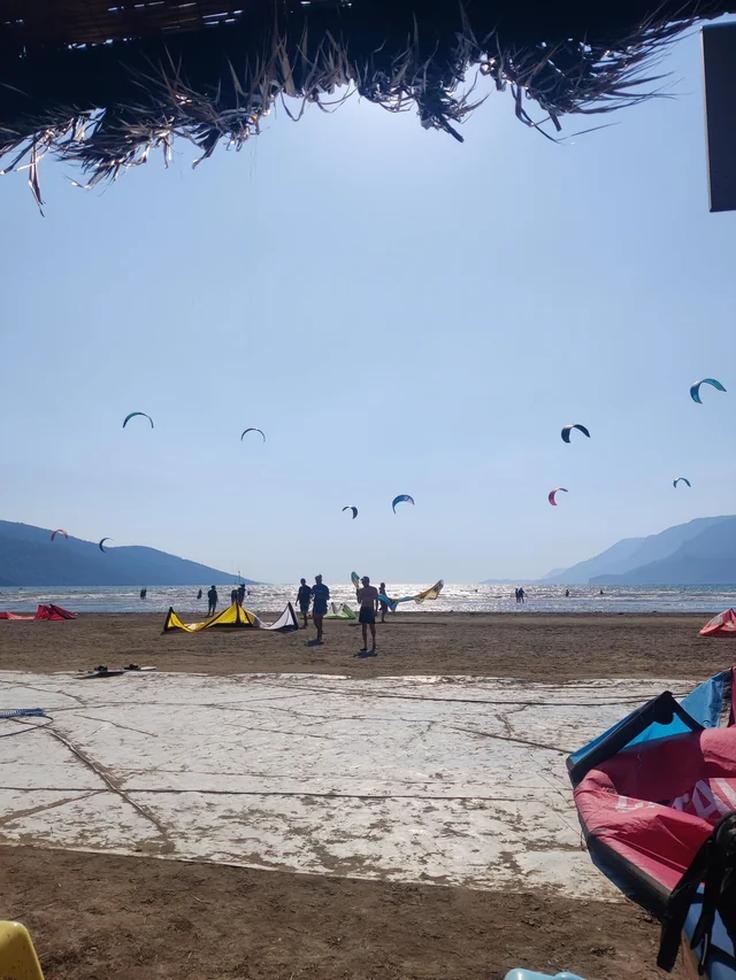
This is because, unlike some other parts of Bali, Seminyak's shoreline is not characterised by extensive coral reefs.
Snorkeling is most rewarding when vibrant coral formations provide a habitat for diverse marine life. Seminyak does not offer the same kind of underwater topography as other locations in Bali.
Another reason is that the waters along Seminyak's coast can be choppy, especially during the southwest monsoon season (wet season). These conditions can reduce visibility and make snorkelling challenging and less enjoyable.
Lastly, while you might spot some fish near the shoreline, Seminyak does not offer the rich biodiversity found in renowned snorkelling spots like Amed, Nusa Penida, Tulamben, or Menjangan Island.
These are the alternative snorkeling spots that can explpore:
- Sanur: Located just south of Seminyak, Sanur offers a more tranquil atmosphere and relatively calm waters. You can find snorkelling opportunities at Sanur Beach, particularly during the dry season when the waters are clearer.
- Nusa Dua: Nusa Dua, another upscale area south of Seminyak, has several beautiful beaches with potential for snorkelling. Tanjung Benoa Beach is a notable spot for water-sports and snorkelling activities.
- Jimbaran: Jimbaran Bay, situated to the south of Seminyak, is a serene area with some snorkelling possibilities. However, like Seminyak, it may not match the snorkelling experiences found in other parts of Bali.
- Day Trips: To access the best snorkelling sites, consider taking day trips to destinations like Nusa Penida, Menjangan Island, or Amed, which are known for their outstanding underwater landscapes and marine life. These locations are a few hours' drive or a short boat ride away from Seminyak.
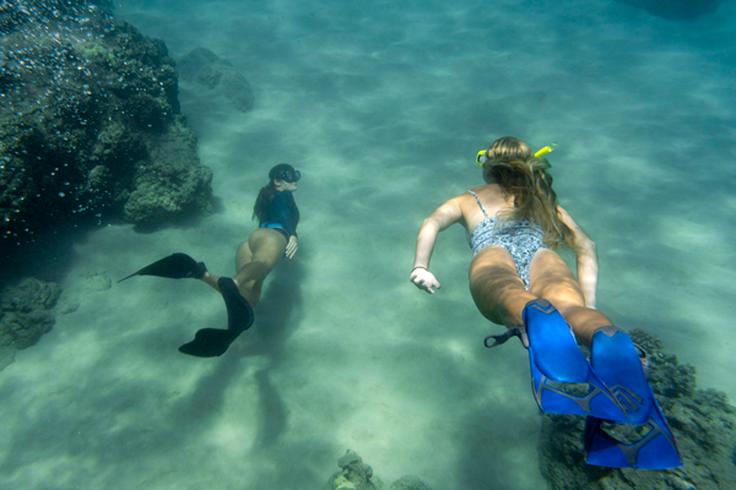
Final thoughts
In conclusion, Bali offers amazing snorkelling experiences for all enthusiasts. With its clear waters, vibrant coral reefs, and diverse marine life, the island is a true underwater paradise.
From the manta rays of Nusa Penida to the tranquil beauty of Amed and Menjangan Island, Bali's snorkelling spots cater to both beginners and experienced adventurers.
To make the most of your trip, stay at accommodations conveniently situated near these aquatic wonders and avoid Seminyak if your primary interest is snorkelling and diving as it is not suited to good visibility and wildlife conditions.
Bali's commitment to conservation ensures these natural treasures remain pristine for future generations. So, whether you're a snorkelling novice or a seasoned pro, Bali invites you to dive into its incredible underwater world for an unforgettable aquatic adventure!

